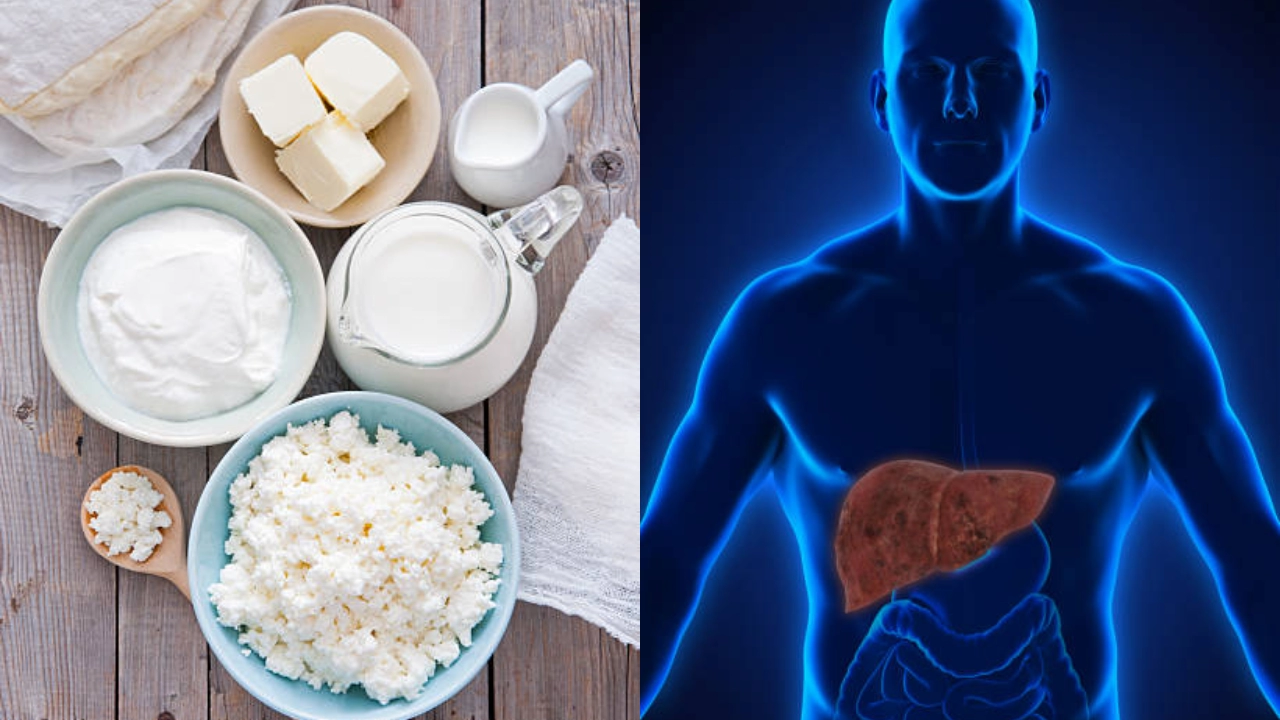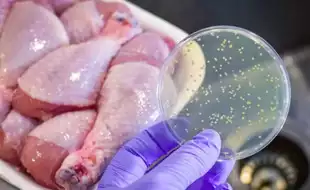News
Study Says Limiting High-Fat Dairy Foods Can Help Reduce Risk Of Fatty Liver Disease

Limiting High-Fat Dairy Foods Can Help Reduce Risk Of Fatty Liver Disease
Photo : iStock
A recent study found that eating high-fat dairy products which include whole milk, cream, frozen yoghurt, butter and ghee may increase the risk of fatty liver disease. The study was published in the Journal of Hepatology Reports and conducted by a team of researchers from the Hebrew University of Jerusalem, Israel.
The study found that low-medium fat dairy products such as skimmed milk, cottage cheese and low-fat cheese may be protective, and should be preferred over high-fat dairy to prevent Metabolic dysfunction-associated steatotic liver disease (MASLD).
MASLD, also known as non-alcoholic fatty liver disease (NAFLD) is a condition which is characterised by excessive accumulation of fat in the liver in people who consume little to no alcohol. It is one of the most common forms of liver disease and is closely linked to obesity, type 2 diabetes and metabolic syndrome.
NAFLD can range from simple steatosis which is fat buildup to a more severe form called non-alcoholic steatohepatitis (NASH) where inflammation and liver cell damage occur. This eventually increases the risk of liver fibrosis, cirrhosis and liver cancer. Managing the conditions involves lifestyle modifications like weight loss, regular physical activity and a balanced diet rich in fruits, vegetables, lean proteins and whole grains.
MASLD is related to nutrition, however, evidence of an association between high-fat and low-fat dairy products is lacking. To fill the gap, researchers evaluated this association by performing experimental studies in mice and an observational human study.
They found that low-medium fat low-sugar dairy products are more protective than high-fat dairy. In general, high-fat diets may be harmful. The researchers said, “It would be advisable to prefer low-fat low-sugar dairy products and minimise intake of high-fat dairy products; however, additional evidence is needed to allow generalisability of our findings.”
In the animal study, 6-week-old male mice were fed a high-fat diet (HFD) consisting of lard, soybean oil, and milk fat for 12 weeks. All HFDs induced similar weight gain and steatosis and did not affect liver enzymes. Milk fat increases serum cholesterol and advanced glycation end-products (AGEs) levels more than lard or soybean oil.
Further, in 316 patients, the team found that high consumption of low-medium fat low-sugar dairy products was associated with a lower risk for MASLD incidence. “Constantly high consumption of high-fat low-sugar dairy products was associated with greater odds for new onset/persistence of MASLD”. However, the team found that neither low-medium nor high-fat dairy consumption was related to fibrosis.
(With inputs from IANS)
Get Latest News Live on Times Now along with Breaking News and Top Headlines from Diet, Health and around the world.
Our Blogs
Our Recent News

Deadly Listeria Outbreak Linked To Ready-To-Eat Meats: California Infant Dies, 10 Others Sick
Deadly Listeria Outbreak Linked To Ready-To-Eat Meats: California Infant Dies, 10 Others Sick (Image...

Are You Drinking Poison? Toxic Chemical Found In The US Tap Water Affecting Millions
Are You Drinking Poison? Toxic Chemical Found In Us Tap Water Affecting Millions (Image Credits: iSt...

Friends Share More Than Secrets—They Share Gut Microbes, Says Yale Study
Friends Share More Than Secrets—They Share Gut Microbes, Says Yale Study (Image Credits: iStock) Fri...

